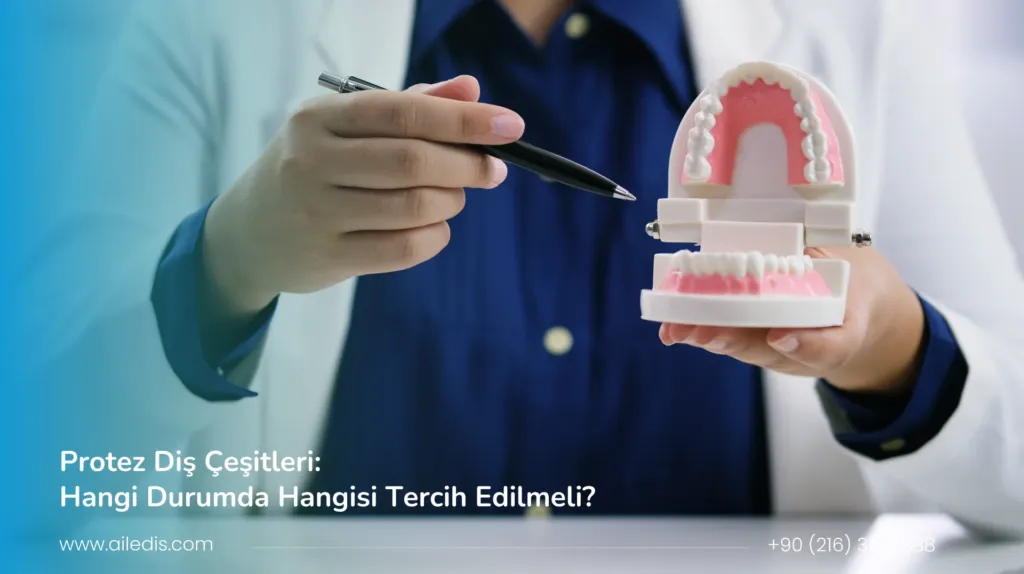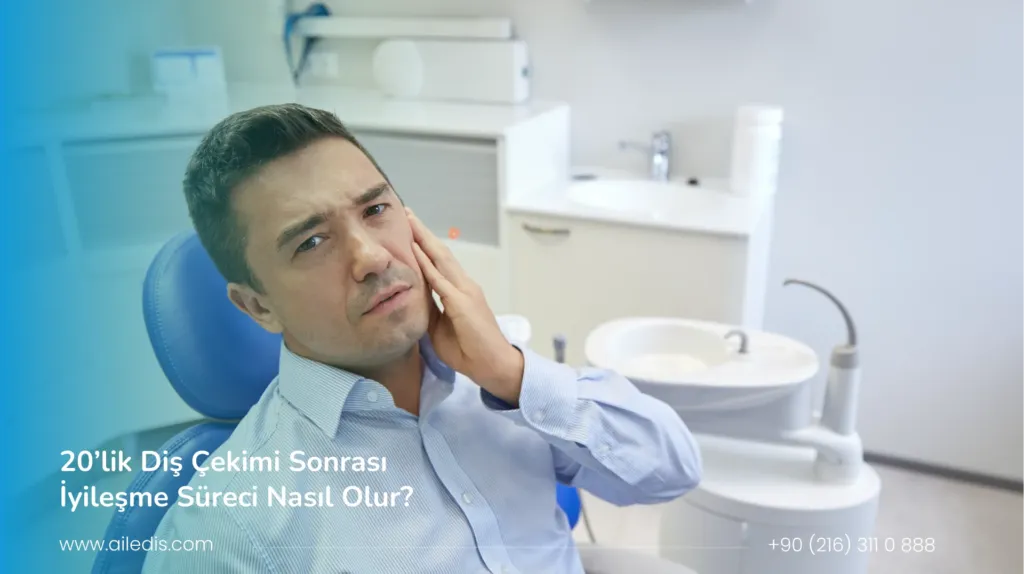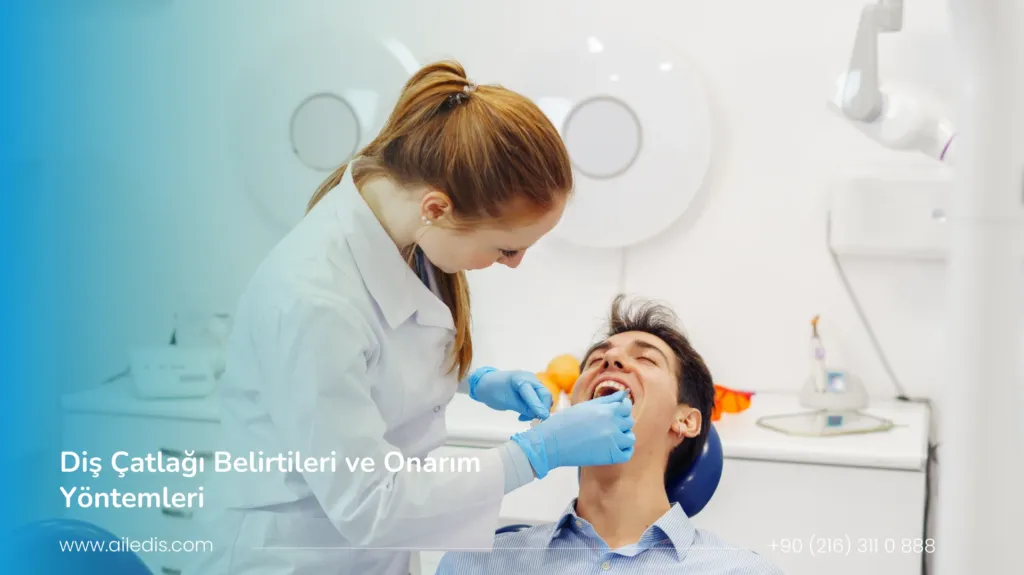jaw joint disorders (TMJ disorders) are among the common health problems that significantly affect the quality of daily life. The jaw joint is a complex structure located at the bottom of the face that provides basic functions such as speech, chewing and swallowing. Disorders in this joint can cause both pain and movement limitation over time.
PRIVATE FAMILY DENTAL CLINIC, offers personalized solutions with experienced physician staff and advanced imaging technologies in the diagnosis and treatment of jaw joint problems. Accurate diagnosis made in the early period can prevent the progression of the disease and eliminate the risk of permanent damage.
In this article, we will examine the structure of the jaw joint, the causes of TMJ disorders and modern methods of treatment, step by step. Our content has been prepared both informatively and as a guide.
Continuing reading, the measures you can take to protect your jaw health and Current treatment approaches applied by Private Family Dent you can learn.
What is a jaw joint (TMJ) and how is it diagnosed?
The jaw joint is the area where the lower jaw meets the skull and ensures the mobility of our face. TME (temporomandibular joint) disorders are caused by structural or functional problems in this joint. It usually manifests as painful conditions that affect chewing, speech or other daily activities.
The diagnostic process usually begins with the patient’s symptoms. The specialist dentist evaluates the condition of the bones and muscles by performing a physical examination. If necessary, a detailed examination is carried out using imaging techniques such as x-rays.
Jaw joint structure and function
The jaw joint is a complex structure located between the mandible (lower jaw) and the temporal bone. This joint provides mobility to perform basic functions such as chewing and speech.
The jaw joint is supported by a soft tissue called a disc. The correct position of the disc is critical for the healthy functioning of the joint. The muscles around the joint also support these movements and ensure that they function properly.
Causes of TMJ disorders
Many factors play a role in the emergence of jaw joint disorders. Stress, grinding teeth (bruxism) and excessive chewing habits are the most common causes of these problems. These conditions can lead to pain by stretching the jaw muscles.
In addition, traumas, arthritis or disorders in tooth alignment can also trigger TMJ disorders. Genetic predisposition is also an important factor; The risk increases in individuals who have similar problems in the family history.
Diagnosis process in jaw joint disorders
The diagnosis process of jaw joint disorders begins with the patient’s complaints and symptoms. The dentist or the jaw surgeon collects information about the problem by taking a detailed anamnesis. During the physical examination, jaw mobility and pain points are evaluated.
X-ray images are usually used in the diagnosis. These images are important to study the structure of the joint. If necessary, further examinations such as magnetic resonance imaging (MRI) can also be performed. Thus, it is possible to make an accurate diagnosis and the appropriate treatment plan is prepared.
The main symptoms of jaw joint disorders
Jaw joint disorders (TMJ disorders) are complex conditions that can cause discomfort in both the mouth and face area. Among the most common symptoms Pain, voice (click or boil) and jaw locking in the jaw joint FOUND. These symptoms can make even basic movements such as chewing, speaking, and stretching difficult.
PRIVATE FAMILY DENTAL CLINIC The expert team emphasizes that the early diagnosis of these disorders is critical for treatment success. Because early detected TMJ disorders can be controlled with simple measures.
Pain, voice and locking in the jaw joint
Pain in the jaw joint usually increases during chewing, but can also be felt at rest. from the joint Click, snap, or friction sound, may indicate a change of position in the joint disc.
Locking creates restriction in the opening and closing of the jaw. Some patients open their jaws completely or experience deviation during movement. This situation causes discomfort in daily activities and reduces the quality of life.
Restriction and fatigue in jaw movements
Restriction of jaw movements is one of the most common symptoms of TMJ disorders. This situation;
- Difficulty in chewing and speech, ,
- muscular fatigue, ,
- Feeling of tension in the jaw joint manifests itself with.
Prolonged stress, clenching or incorrect jaw closure can increase these complaints. Rest, hot application and relaxation exercises help relieve symptoms
Head, neck and ear pain relationship
Jaw joint disorders affect not only the jaw, but also the surrounding muscle and nervous system. Therefore Head, neck and ear pains It is often associated with jaw joint problems.
Excessive contraction of the muscles in the neck or wrong posture habits can put pressure on the jaw joint. This pressure can affect nerve conduction, leading to complaints such as headache or tinnitus.
Jaw Joint (TME) Treatment Methods
The aim of the treatment of TMJ is to reduce pain, restore jaw function and relax the muscles. The treatment plan is prepared individually. The most commonly used methods are summarized below:
| Treatment method | Goal | Application feature |
| Splint (night plate) | It reduces the habit of clenching teeth and relaxes the muscles. | It is usually used at night, it is produced personally. |
| Physiotherapy / Exercise | Increases muscle strength and flexibility. | It is done regularly under expert control. |
| Botox Application | Reduces muscle spasms and pain. | It provides fast effect, lasts for 3-6 months. |
These methods can be applied alone or in combination, depending on the patient’s condition.
Splint (Night Plate) Use and Effects
Splint (night record), especially Teeth clenching and grinding (bruxism) It is used to reduce joint pressure caused by It prevents the teeth from rubbing against each other and provides rest of both joints and muscles.
These apparatus are worn overnight and help keep the jaw in the correct position. Regular use contributes to both reducing pain and stopping the progression of joint damage.
The role of physiotherapy and exercises on the jaw joint
Physiotherapy, TMC treatment The most natural and effective one of the methods. Exercises recommended by specialist strengthen the jaw muscles and increase joint mobility.
Even with simple exercises, it can be observed that the pain is reduced within a few weeks. Regular physical therapy relieves tension in the jaw muscles by reducing stress. In this way, both physical and psychological relaxation is provided.
Botox application in TMJ treatment
Botox application stands out as a modern treatment option in jaw joint disorders. Especially In muscle-induced pain gives effective results. Botox is injected into the muscles, preventing their excessive contraction and thus reducing pain.
The application is completed in a short time, anesthesia is not required and patients can return to their daily lives immediately. The effect occurs within a few days, average 3 to 6 months takes how long. Botox is a safe alternative to patients who do not respond to drug therapy.
The role of exercises in relieving jaw joint pain
Jaw joint pain (TMJ pain), muscle tension and joint strain can occur. Home exercises are very effective in reducing this pain and relieving jaw movements.
PRIVATE FAMILY DENTAL CLINICIt helps patients to strengthen the jaw muscles and improve joint function by teaching their patients step-by-step exercises that can be easily applied at home.
Gently moving the jaw muscles increases circulation and reduces stiffness in the muscles. Mild on-off exercises, which are done daily for 5-10 minutes, reduce the pressure on the joint.
| Exercise Type | Goal |
|---|---|
| Slow on-off movement | Stretches muscles, relieves pain |
| Scrolling to the sides (left–left) | Provides muscle balance |
| Controlled forward-backward movement | Maintains joint range of motion |
Exercises that relax the jaw muscles
Exercises to relax the jaw muscles are especially effective in reducing stress-induced muscle tension.
You can start by slowly opening and closing your mouth, then you can move the jaw by gently sliding it to the right and left. These exercises give the muscles flexibility and reduce the pressure on the joint.
Regular application reduces the feeling of stiffness, especially in the morning, as a result of clenching or at night grinding teeth.
Family dental clinic Experts recommend adapting these exercises to personal needs.
Application recommendations:
- Apply 2-3 times a day, not more than 10 repetitions.
- Do the exercises slowly, in a controlled and painless manner.
- Stop if you feel clicks or locks during exercise.
Hot and cold compress application
Hot-cold compress is one of the most commonly used household methods in the management of jaw joint pain.
While the hot compress relaxes the muscles and increases blood flow; Cold compresses reduce swelling and inflammation.
Using these two methods alternately both relieves pain and reduces muscle fatigue.
| Compress Type | Implementation time | effect |
|---|---|---|
| hot compress | 15–20 minutes | Relaxes muscles, increases circulation |
| cold compress | 15–20 minutes | Reduces inflammation and edema |
When applying compresses, care should be taken not to directly contact the skin with hot or cold. Applying by wrapping it with a thin towel or cloth prevents the formation of irritation on the skin.
Things to consider in daily habits
The most effective way to control jaw joint disorders is to develop the right daily habits.
Excessive chewing, clenching or contracting the jaw muscles in times of stress are the main factors that increase pain.
Therefore, it is useful to apply mindfulness-based relaxation techniques and make sure that you do not tighten the jaw during the day.
Sleeping position is also important. Lying on your back or side position instead of lying face down reduces the pressure on the jaw joint.
Wrong posture habits in people working at the computer can also upset the jaw balance, so it is recommended to work in an ergonomic position.
Habits to consider:
- Limit chewing gum time.
- Make sure you don’t grit your teeth during stressful moments.
- Breathe deeply to relax the jaw muscles during rest breaks.
- If you are grinding your teeth during sleep, consult your doctor for nightly record use.
Advanced treatment options in TMJ disorders
In cases that do not improve with home methods, a professional treatment plan may be required.
PRIVATE FAMILY DENTAL CLINIC, TME (temporomandibular joint) offers personalized treatment plans.
Treatment options include drug applications, injections, physical therapy and, if necessary, surgical interventions.
With early diagnosis and appropriate treatment, jaw joint mobility can be preserved, and the pain can be controlled before it becomes permanent.
| Treatment method | Application Purpose |
|---|---|
| Medication | Reducing pain and inflammation |
| Injection Application | Control local inflammation |
| Physiotherapy | increase muscle mobility |
| surgical treatment | Correcting structural irregularities in the joint |
Drug therapy and injection applications
Drug treatment in TMJ disorders is the most frequently used method to relieve pain and control inflammation. Nonsteroidal anti-inflammatory drugs (NSAIDs), muscle relaxants and corticosteroid injections may be administered when necessary. These drugs, especially in acute periods, reduce the pressure in the joint and restore mobility.
Injection applications are made directly to the joint area and ensure rapid results. These processes must be Family dental clinic It is performed by physicians in sterile conditions. Resting for a few days after treatment supports the healing process.
Situations requiring surgical intervention
Surgical treatment in jaw joint disorders is usually applied in advanced cases where other methods are insufficient. Pathological conditions such as bone deformations, advanced joint damage or cyst/tumor may require surgical intervention. Surgical treatment prevents loss of function by reorganizing the joint structure.
after surgery rehabilitation processis critical to the success of treatment.
Family dental clinicIt aims to help its patients regain healthy jaw movements with post-surgical follow-up and physical therapy programs.
Post-operative rehabilitation process
The rehabilitation period is the last and most important stage of jaw joint treatment.
The aim of this process is to restore joint functions, restore muscle strength and provide painless mobility.
Physiotherapy exercises and personalized muscle strengthening movements play an important role in this period.
During the healing process, the patient performs jaw opening-closing and side movement exercises in a controlled manner.
When these exercises are performed regularly, joint functions are largely restored.
In addition, the failure of clinical control appointments directly affects the success of the process.
Jaw Joint (TME) Evaluation and Follow-up Process in Private Family Dent
The jaw joint (TME) evaluation process in the private family dental clinic, specialist dentists carried out meticulously. As a first step, the patient’s anamnesis is taken and the current symptoms are examined in detail. When necessary, the condition of the jaw joint is analyzed using imaging methods.
After the evaluation, a personalized treatment plan is created. In this process, progress is followed with regular controls. Treatment strategies are updated considering the responses and developments of the patients, thus trying to obtain the most effective results.
TM analysis with specialist dentist
Jaw joint disorders should be carefully analyzed by a specialist dentist for accurate diagnosis and treatment. Experts evaluate the patient’s jaw movements and determine the pain levels. Various imaging methods can also be used in this process.
During TMJ analysis, the dentist examines the state of the chewing muscles, as well as the functionality of the joint structure. Considering the patient’s medical history, a personalized evaluation is made. In this way, the most appropriate treatment plan can be created.
Creating a personalized treatment plan
The process of treatment due to jaw joint disorders differs for each individual. The specialist dentist creates a personalized treatment plan, taking into account the symptoms and lifestyle of the patient. This plan; Pain management may include methods such as increasing mobility and muscle relaxation.
Regular follow-up is important for the successful implementation of the plan. The techniques and applications used in the treatment process are adjusted according to the patient’s condition. Thus, the most effective results are achieved. The personalized approach is an important step that accelerates the healing process.
Regular check-up and post-treatment
TND disorders can significantly affect the quality of life. Therefore, as well as the treatment process, regular controls are also of great importance. Evaluations with the specialist dentist play a critical role in monitoring your jaw joint health and detecting possible problems in advance.
Post-treatment follow-upshaped according to your individual needs. Creating a personalized treatment plan both accelerates your healing process and reduces the risk of recurrence. Thanks to the control sessions to be held at regular intervals, the condition of your jaw joint is kept under constant observation and if necessary, interventions can be made on time.
For a healthy jaw joint, not only treatment is necessary, but also the continuity of such follow-ups. Do not forget that health comes first; Therefore, every step to be taken will increase your quality of life.
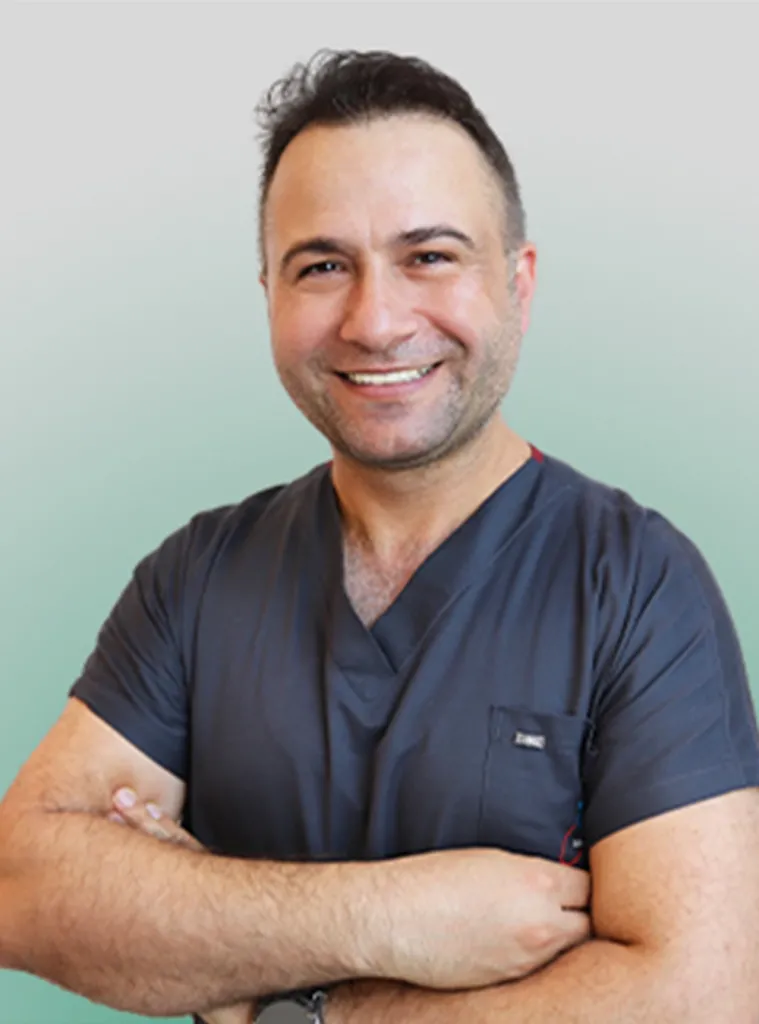
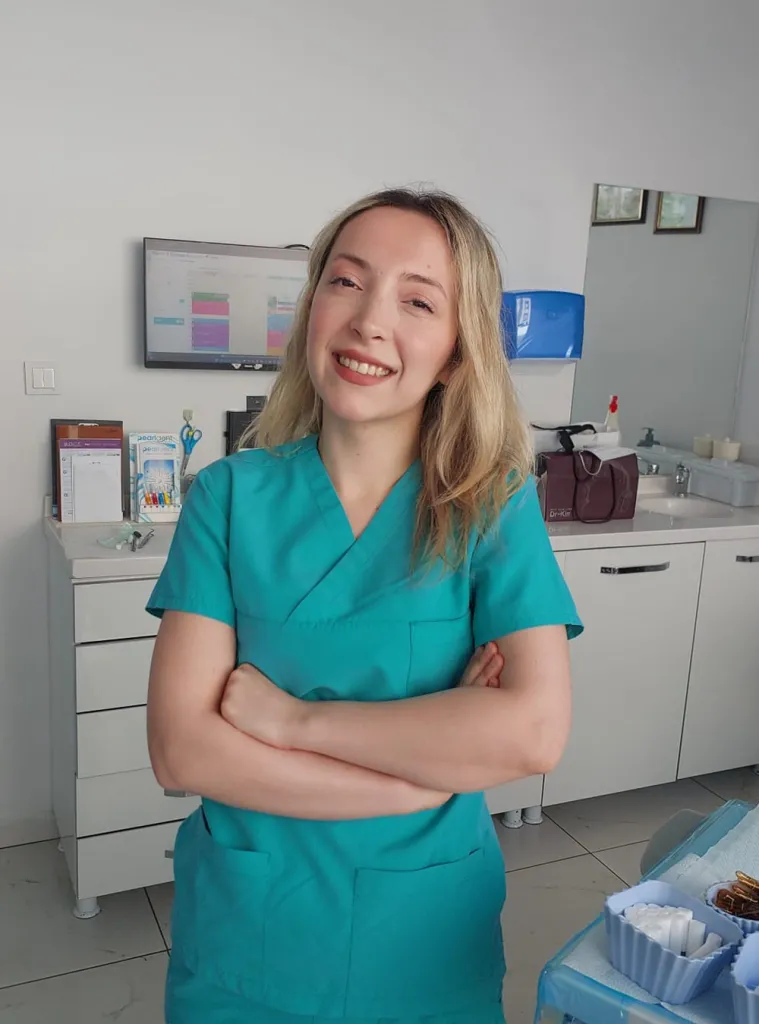
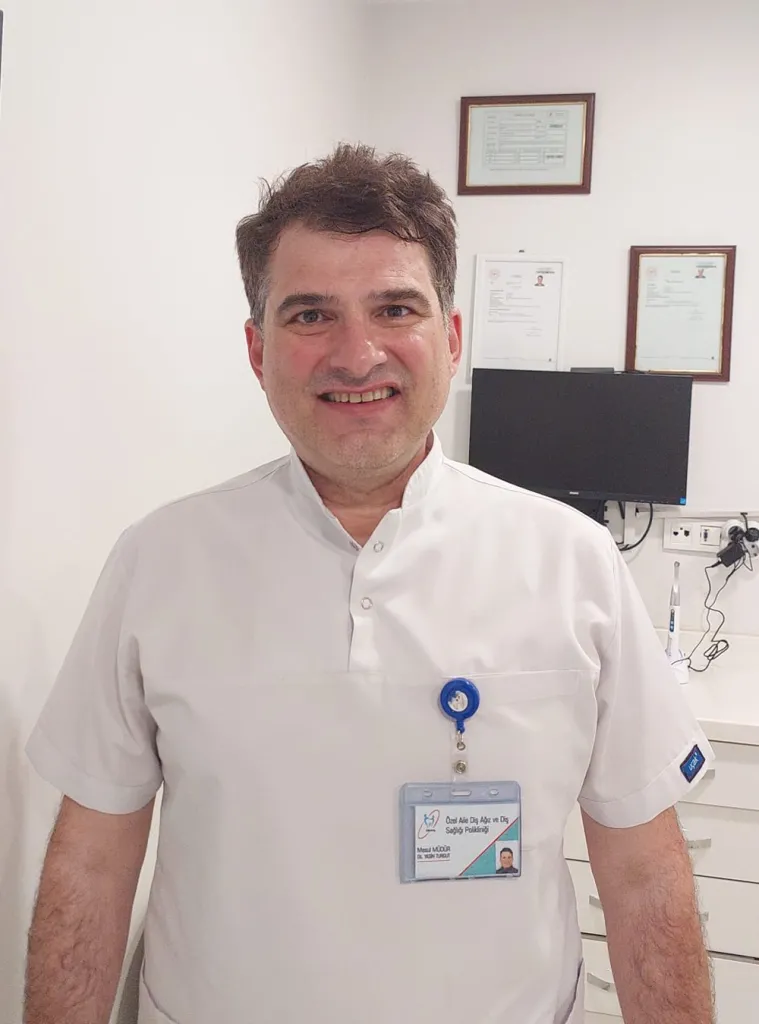
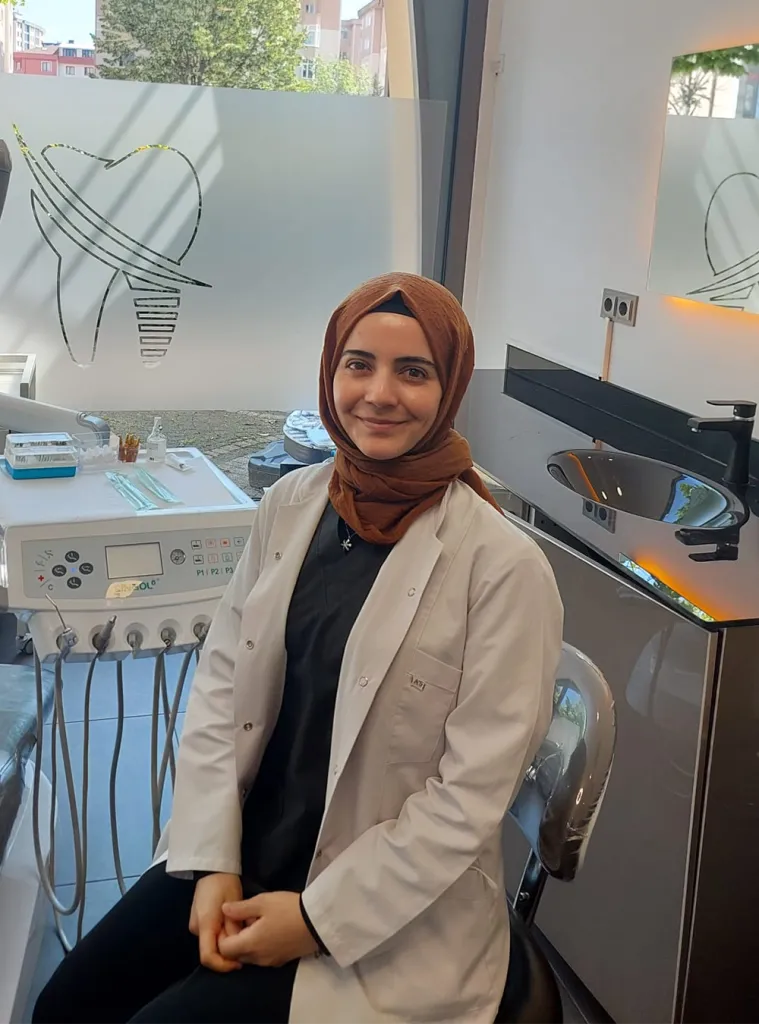
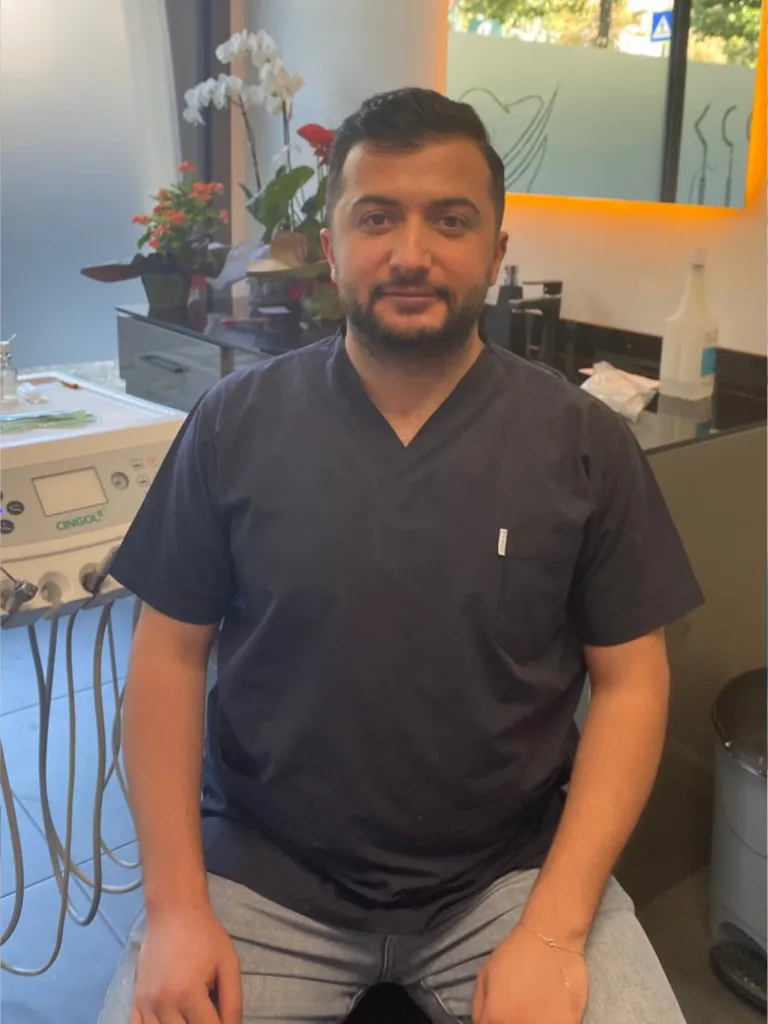
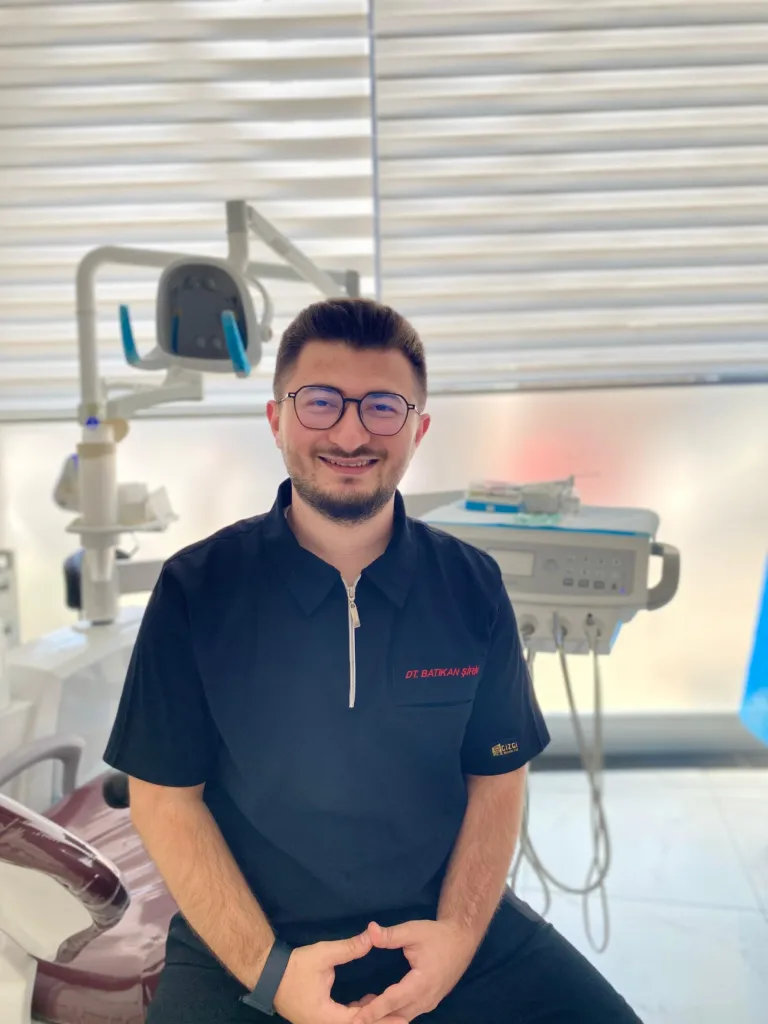
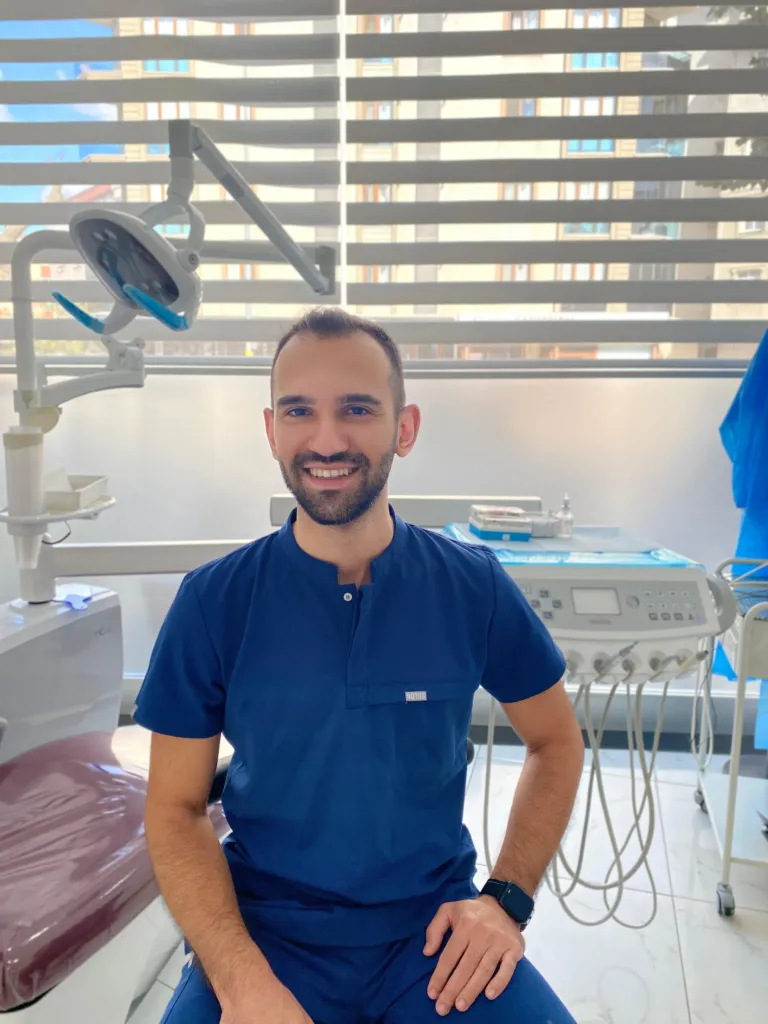
Frequently Asked Questions about tweed jaw joint disorders
How does TME pain go away?
Rest, limiting jaw movements, hot and cold compresses, and muscle relaxation exercises can be used to relieve TME pain. If necessary, the dentist may recommend a splint (night guard) or medication.
Is surgery necessary for TME?
Surgery is not necessary in most cases. Treatment is successfully carried out using methods such as braces, physical therapy, medication, or Botox. However, surgical options may be considered in advanced cases.
Is Botox effective at TME?
Yes, Botox is particularly effective for muscle-related pain. It reduces pain by preventing excessive muscle contraction and relaxes jaw movements.
TME belirtileri hangi branş ilgilenir?
TMJ disorders are usually treated by oral and maxillofacial surgeons. When necessary, support from a physical therapist or neurologist may also be sought.
Is an MRI required for TME diagnosis?
Yes, in some cases, MRI imaging may be necessary to assess joint disc position and the condition of soft tissues.
What are the symptoms of TME?
The most common symptoms are a “clicking” sound from the jaw joint, difficulty opening the mouth, pain around the ear, and headaches.
What causes jaw joint locking?
The jaw may become unable to open or close due to displacement of the joint disc or muscle spasms. In this case, urgent dental examination is required.
Are TME disorders related to stress?
Yes, stress causes the jaw muscles to clench and can increase TMD symptoms. Therefore, stress management is an important part of treatment.
Does TME pain cause neck and head pain?
Yes, since the muscles in the jaw joint are connected to the neck and head region, pain originating from the TME can spread to these areas.



